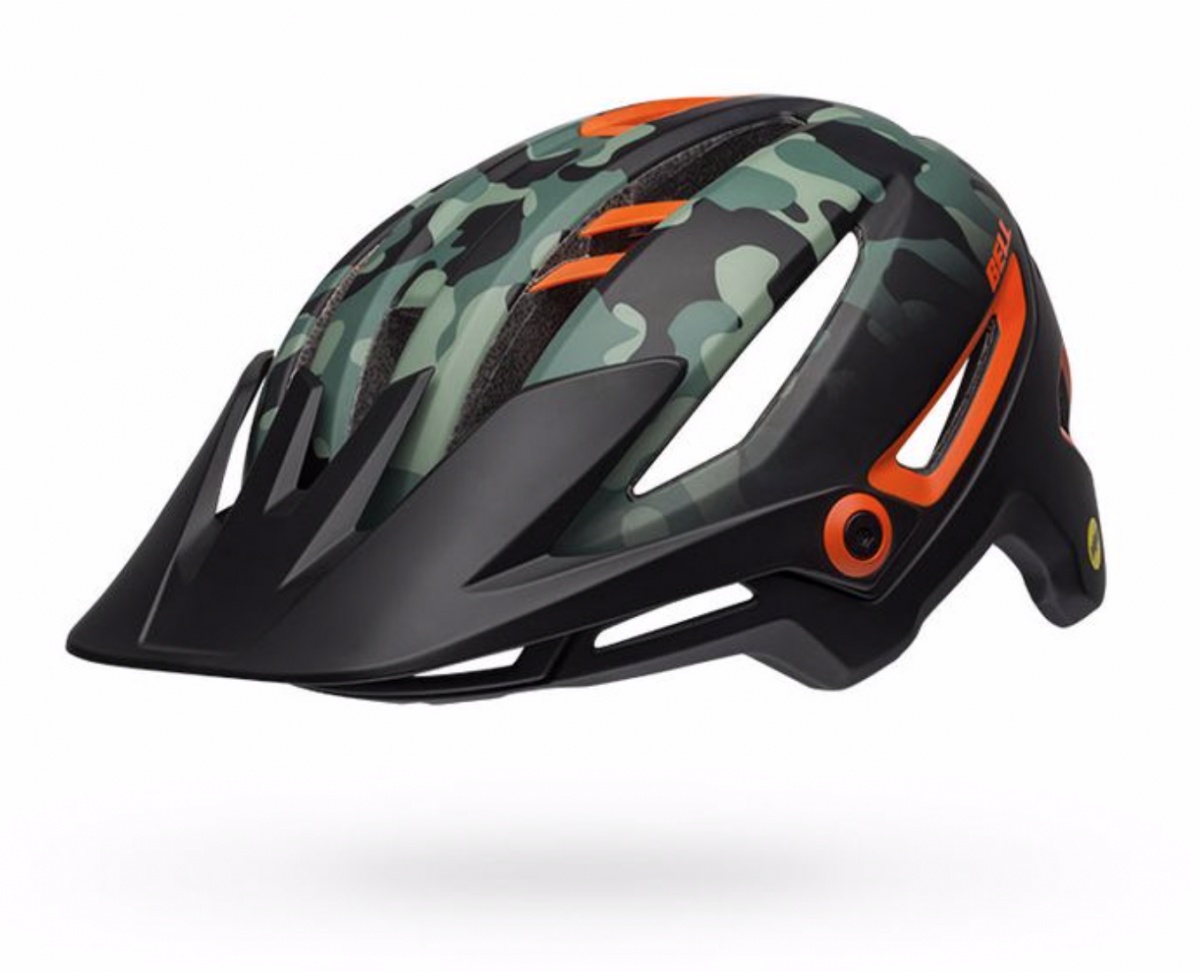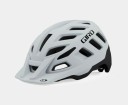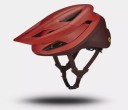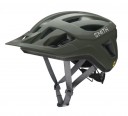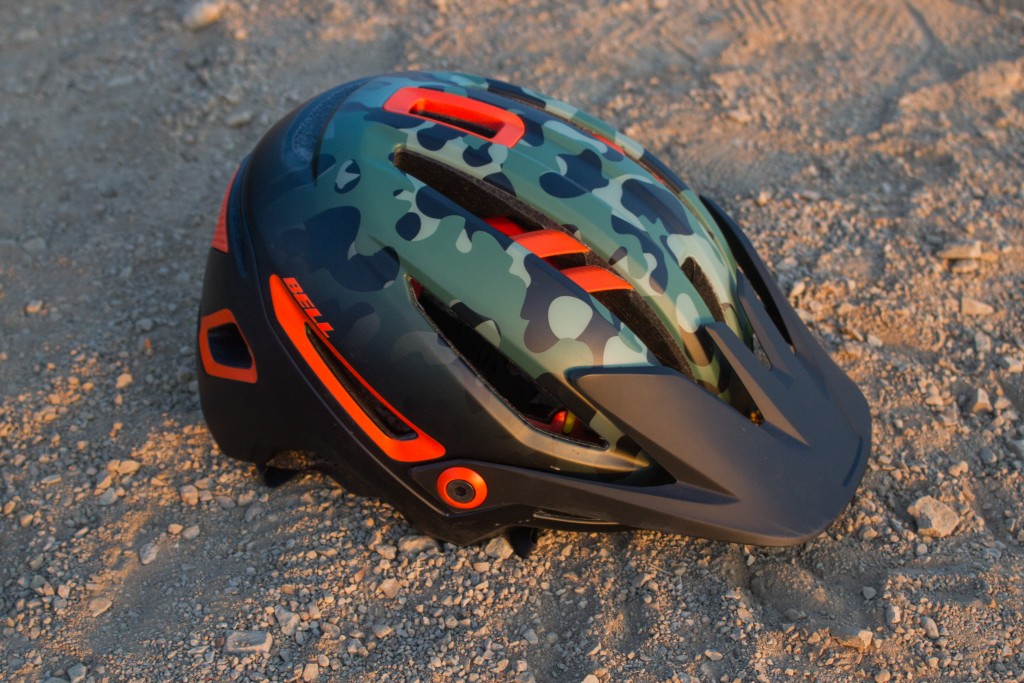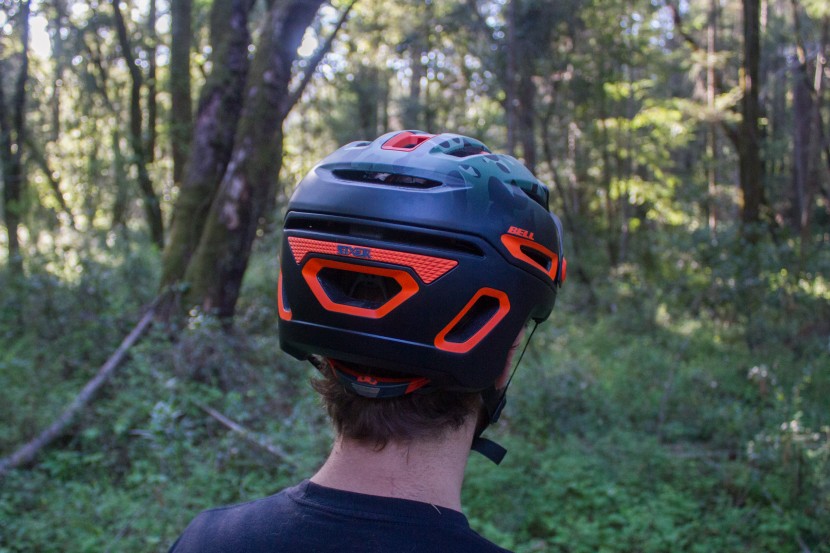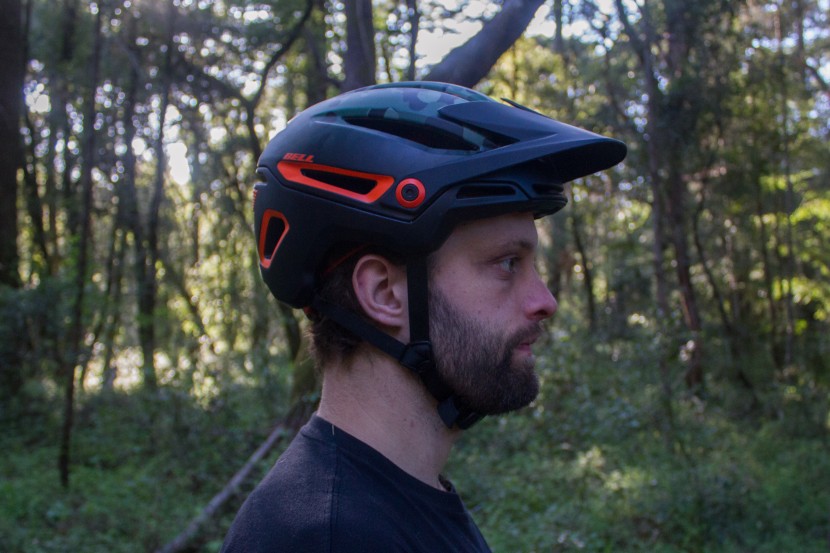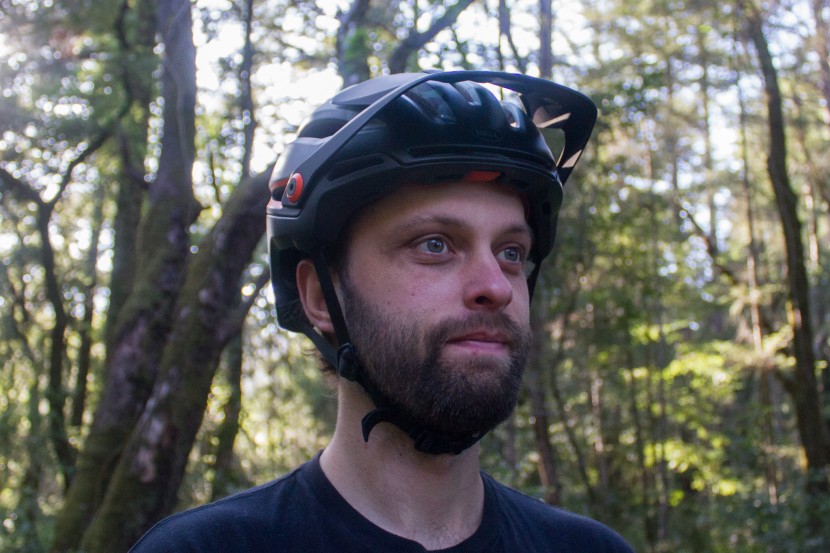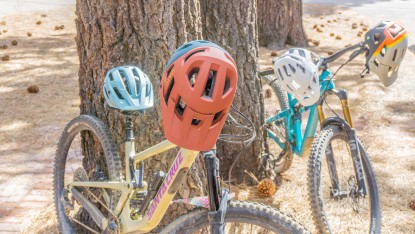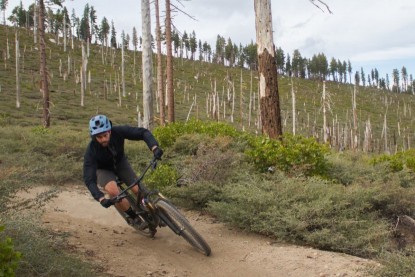Bell Sixer Mips Review
Our Verdict
Compare to Similar Products
 This Product
Bell Sixer Mips | |||||
|---|---|---|---|---|---|
| Awards | Best Bang for Your Buck | Another Great Value | |||
| Price | $69.99 at Evo Compare at 3 sellers | $99.95 at REI Compare at 4 sellers | $33.75 at Backcountry Compare at 2 sellers | $48.99 at Evo Compare at 3 sellers | $85.00 at REI Compare at 4 sellers |
Overall Score  |
|||||
| Star Rating | |||||
| Bottom Line | This model performs right alongside the best helmets in our test with just a little bit of added weight | An affordable option with all-day comfort | This stylish lid offers modern, all-mountain coverage that won't break the bank | This model is affordable and performs nearly as well as its more expensive competition | Riders on a budget will find comfort and protection with this helmet |
| Rating Categories | Bell Sixer Mips | Giro Radix Mips | Specialized Camber | Bell 4Forty Mips | Smith Convoy |
| Protection (25%) | |||||
| Comfort (20%) | |||||
| Ventilation (20%) | |||||
| Features (15%) | |||||
| Weight (10%) | |||||
| Durability (10%) | |||||
| Specifications | Bell Sixer Mips | Giro Radix Mips | Specialized Camber | Bell 4Forty Mips | Smith Convoy |
| Rotational Impact Protection System | MIPS | MIPS | MIPS | MIPS | MIPS |
| Weight (Ounces, Grams) | 15.6 oz, 444g | 12.6 oz, 360g | 13.8 oz, 394g | 14.32 oz, 406g | 12.5 oz, 355g |
| Number of vents | 26 | 25 | 13 | 15 | 21 |
| Goggle or Sunglasses Integration | Yes | No | No | Goggle integration | eyewear integration |
| Adjustable Visor | Yes | Yes | No | Yes | No |
| Sizes | S, M, L | S, M, L, XL | XS, S, M, L, XL | S, M, L | S, M, L, XL |
| Certifications | CPSC Bicycle for ages 5+ | CPSC, CE EN1078 | CPSC | CPSC Bicycle for ages 5+ | CPSC, CE EN1078, AS/NZS2063 |
| Virginia Tech Helmet Safety Rating (if applicable) | 4-star | 5-star |
Our Analysis and Test Results
Founded in 1954, Bell is one of the oldest names in head protection. Their decades of experience designing helmets for auto, motorcycle, and bike racing means that they know exactly what a quality helmet needs to provide. As their flagship trail model, the Sixer Mips is the culmination of all of that experience and know-how. During our time testing the Sixer, we found it thoughtfully-designed and well-rounded. While it didn't stand out as our favorite model in any single category, it didn't have any real weak points across all of our metrics. After weeks of testing in a variety of conditions, we found a lot to like and not much to complain about.
Protection
The Sixer offers modern trail-helmet coverage that should keep your head well protected in the event of a wreck. The shell fits low on your head and extends down the back and sides to provide a little bit of extra protection for side and rear impacts. The Float Fit Race harness system keeps the shell firmly planted on your head, reducing the chance that the shell is pushed out of place in an impact or slide. During testing, we noticed a stark contrast between the helmets that brought a feeling of comfort and security on your head and those that didn't, and the Sixer's fit and coverage didn't have us second-guessing or worrying about our heads out on the trail.
Beyond its secure fit and coverage, the Sixer also packs the standard safety features that come with most modern, high-end trail helmets. A Mips rotational impact system allows the Float Fit Race harness to rotate slightly within the outer EPS foam shell. The rotation is designed to reduce rotational forces on the head in an impact. Additionally, the EPS shell is constructed with varying foam densities to aid in impact absorption, and it houses a polycarbonate roll cage to keep the helmet from breaking apart in heavy impacts. Luckily, during testing, we didn't have to test out any of these features, but we were happy to know that they were there in case things went a little bit sideways.
Comfort
Beyond protection, comfort is one of the first things we look for in a mountain bike helmet. There's nothing worse than riding with an irritating harness or headache-inducing pressure points. We found that the Sixer stands up to a long day out on the trails with no discomfort or irritation. The fit is roughly average among size-large helmets we tested, with plenty of adjustability in the Float dial harness system. The harness pulls tension fairly evenly around the head, meaning that most head shapes should be able to find a secure fit without pressure points on the brow or back of the head. The EPS shell itself has a fairly versatile shape, but one of our testers found that it didn't suit his head shape perfectly. Despite this, he still liked the secure fit and didn't have any issues with long-term discomfort on the trail.
The Sixer's interior doesn't pack a ton of padding, but what little it has is well placed and feels surprisingly cloud-like when you first put it on. The harness conforms well enough to your head that excessive padding isn't necessary. The minimalist pads also aid in keeping things cool on hot days. The straps extend from molded inserts just in front of and behind the ears, and a simple, slide-adjust strap splitter ensures that they lay flat against the sides of your head. With the harness and straps adjusted correctly, we didn't have any nagging issues out on the trail.
Ventilation
The Sixer isn't the most well-ventilated helmet we tested, but it provides plenty of airflow to keep your head cool on all but the hottest days. The 26 vents, including two full-length, front-to-back channels along the top of the head, keep air circulating through the helmet once you're up to speed. In testing, we noticed that as soon as we got up around fifteen miles per hour, we could feel that air moving across the top of our heads and keeping things cool inside the EPS shell. In addition to the vents, the EPS shell also has four ports on the underside of the shell across the brow that are designed to let hot air escape upwards away from your face and keep your goggles or sunglasses from fogging.
Despite its well-designed ventilation, the Sixer, like most of the trail helmets we tested, can get a little bit toasty. The beefy, high-coverage construction means that you can't expect this helmet to disappear on long climbs or especially hot days. We noticed that things would get a little bit sweaty on our longer days in the saddle, but we also found that the design does a good job of channeling sweat drips away from your brow to keep it out of your eyes.
Features
As one of Bell's high-end trail helmets, the Sixer is packed with several useful features to make your life safer and easier out on the trail. First and foremost, the Mips rotational impact system and Float Fit Race harness combine to keep the helmet securely planted on your head while allowing the shell to rotate slightly in the event of an impact. The harness adjusts between four indexed vertical positions and has one of the largest circumferential ranges in our test. Once it's tightened down, the harness feels secure on the head, and you can feel the dual-density shell and harness rotate independently by twisting the shell.
Beyond safety features, the Sixer also packs a few for convenience. The Visor is easily adjustable between four indexed positions that allow for on-the-fly-adjustment, or a place to quickly stow your goggles for a climb. The indexing is firm enough that the visor never jumps between positions on rough spots in the trail or ends up cockeyed on your head, even when making quick adjustments. The back of the helmet has a textured pad that helps to keep your goggle strap in place when adjusting from race mode to climb mode. On the inside, the Sixer has sweat-absorbing, anti-microbial pads that should keep the helmet odor-free for the long haul. The “sweat guide pad” at the helmet's brow does a great job of keeping sweat forward and away from your eyewear and out of your field of vision. Last but not least, the helmet has an integrated light/camera mount at the crown of the head.
Weight
With all of the protection and features that the Sixer offers, comes a bit of a weight penalty. Bell's claimed weight for a size medium is 410 grams, and our large test model weighed in at 444 grams (15.6 oz). This weight doesn't break the scale by any means, but it does come in at the higher end of our test range.
For reference, the lightest models in our test came in right around 350 grams, and only a few of the other true half-shell helmets weigh more than the Sixer. This helmet is still lighter than the full-coverage, open-face helmets we tested like the Fox Dropframe, and Giro Tyrant. We wouldn't recommend this model for the weight-conscious XC racers out there, but for everyday trail riding or even some light-duty enduro, we don't think the few grams extra over some of the competition is an issue.
Durability
Throughout our time testing the Sixer, we weren't the most responsible owners. We crammed our test model into travel bags, let it roll around in the back of the car on the way to the trails, and dropped it on the floor a time or two. Despite our mistreatment, it came out the other side no worse for the wear. The overall construction is super sturdy, and the typical failure points for a half shell helmet—harness anchors, visor mounts, ratchet system—are rock-solid.
The EPS shell is fused to the polycarbonate outer casing using Bell's in-mold process, leaving no chance that the two pieces will start to separate over time. There is no exposed EPS on the helmet's exterior or underside to chip or crack away in the event of a drop or poorly-thought-out road trip packing. While all of the helmets we tested are single-impact only and should be replaced after a crash, we think this model will last you as long as you can keep the rubber side down.
Value
The Sixer sits right about at the median price among helmets we tested. Given its all-around great performance, we think that it packs a lot of value for anyone who's looking for a trail-riding workhorse. It's a well-thought-out, highly protective helmet that should last you at least a couple of seasons, assuming you can avoid hitting the deck. If you're hunting for top-level protection and quality construction, we recommend checking out the Sixer.
Conclusion
Despite our best attempts to find problems with the Sixer in testing, we ended up liking almost everything about it. Other than it's slightly high weight it performed right alongside our favorite models in the test. The designers at Bell did a great job putting together a well-rounded, stylish product.


